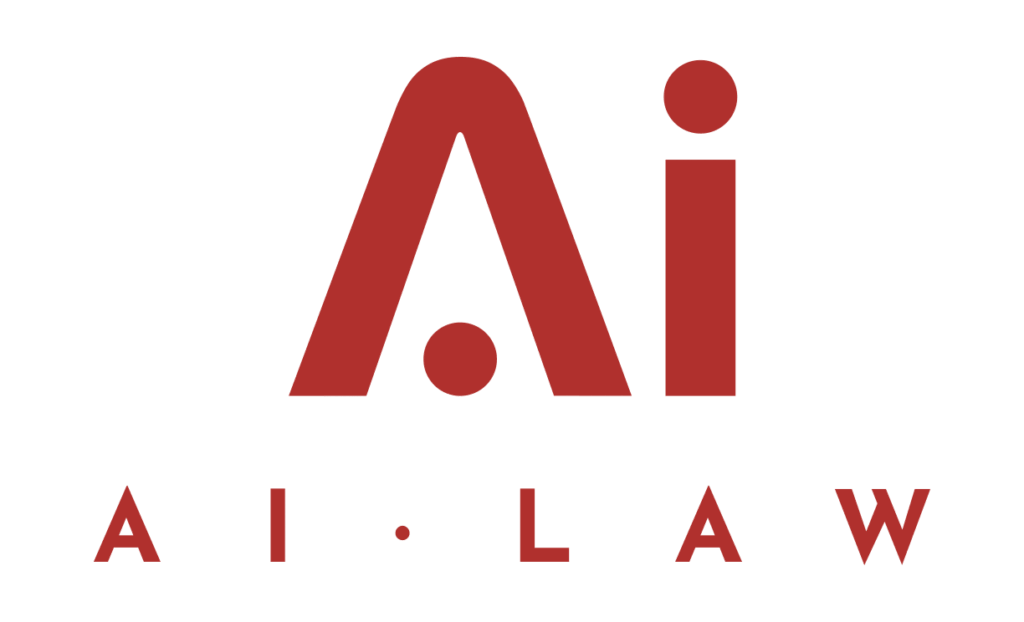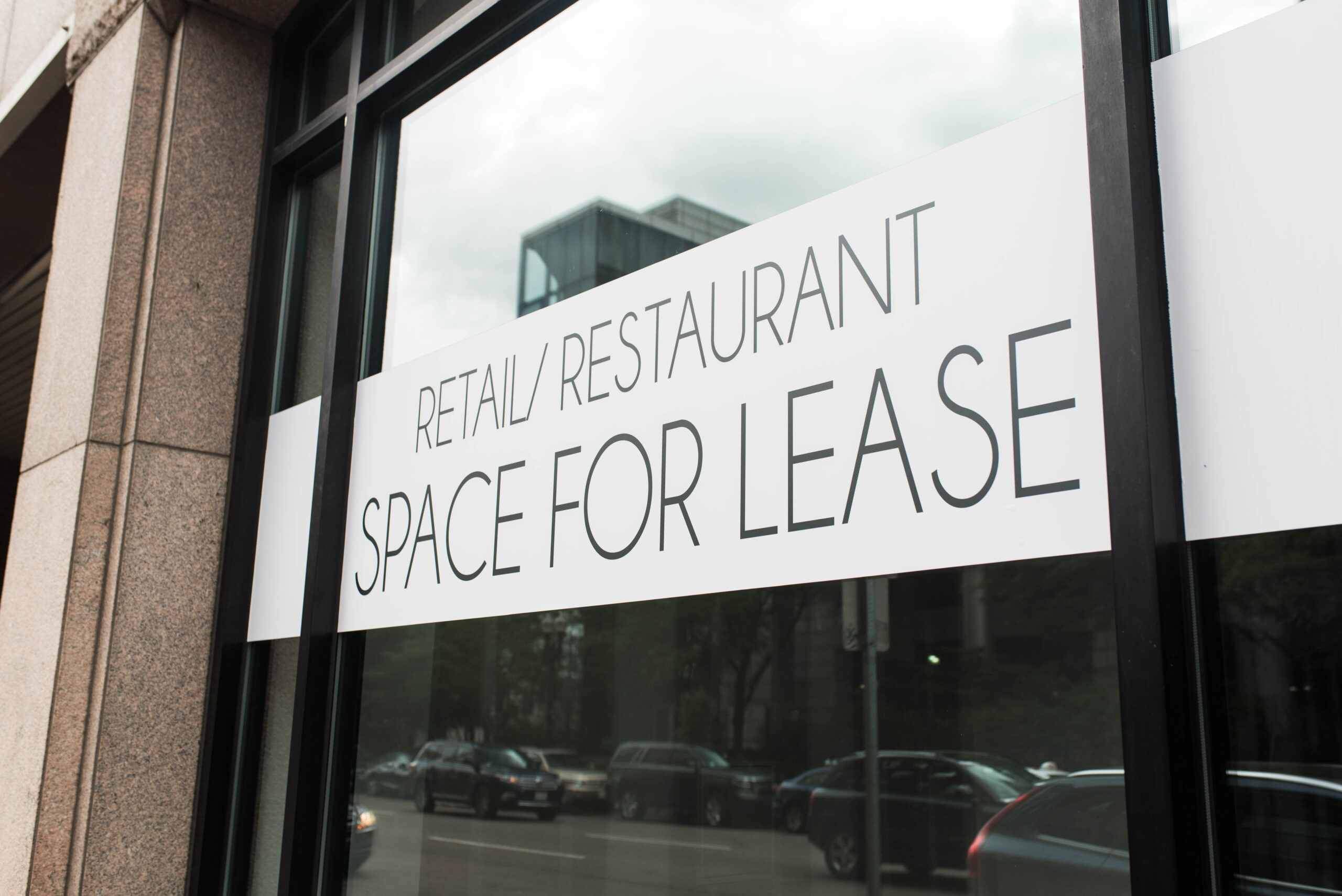Entering into a commercial lease is a significant commitment for both landlords and tenants. Whether you’re a business owner looking for the perfect space to operate or a landlord wanting to secure a reliable tenant, understanding the key terms of a commercial lease is crucial. Below, we delve into some of the most important aspects of a commercial lease, including rent reviews, the demised premises, repair obligations, and the critical issue of security of tenure.
Rent Review: Ensuring the Lease Stays Current with Market Conditions
A rent review is a provision within a commercial lease that allows the landlord to adjust the rent periodically during the term of the lease. This adjustment is typically designed to ensure that the rent keeps pace with inflation and market conditions, which is why many leases stipulate that rent reviews are “upwards only.”
Upwards Only Rent Review: This means that the rent can only increase or remain the same—it cannot decrease, even if market rents fall. This is usually done by linking the rent increase to a specific index, such as the Retail Price Index (RPI). The RPI measures the average change in prices of goods and services over time, reflecting inflation.
Impact on Tenants and Landlords: For tenants, an upwards-only rent review can be less than ideal because it introduces uncertainty regarding future rent payments, making it difficult to predict long-term costs. Tenants typically prefer a fixed rent or a rent review mechanism that could potentially reduce the rent if market conditions change. On the other hand, landlords favour upwards-only reviews because they protect their income from depreciation and ensure the rent remains aligned with or above market value over the lease term. This provision can be particularly important in long-term leases, where the market conditions can vary significantly over time.
Demise: Clearly Defining the Leased Property
In a commercial lease, the term “demise” refers to the specific property or portion of a property that is being leased to the tenant. It is crucial that the demised premises are accurately described in the lease to avoid any disputes or confusion about the extent of the property being leased.
Importance of Accurate Description: The description of the demised premises should be precise, including any specific areas or facilities that the tenant has the right to use, such as parking spaces, storage areas, or communal facilities. Misunderstandings about the boundaries of the demised premises can lead to significant disputes between the landlord and tenant, especially if it is discovered that the tenant has been using more or less space than was agreed upon.
Identification by Plan: To ensure clarity, the demised premises should be identified by reference to a plan attached to the lease. This plan must be accurate and compliant with HM Land Registry requirements if the lease is to be registered. If there is no existing plan, the parties will need to commission an architect or a surveyor to produce one that meets the necessary standards. A properly drawn plan helps prevent disagreements about the property boundaries and ensures that both parties are clear about what is included in the lease.
Repair Obligations: Understanding Full Repair and Insure (FRI) Leases
One of the most significant responsibilities for a tenant in a commercial lease is the obligation to repair and maintain the leased premises. Most commercial leases in the UK are “FRI” leases, which stands for Full Repair and Insure.
What is an FRI Lease? In an FRI lease, the tenant is responsible not only for repairing the property but also for insuring it. This means that if the property is damaged, the tenant must cover the costs of repair, regardless of how the damage occurred, as well as ensuring that the property is properly insured against potential risks.
End of Term Considerations: The repair obligation becomes particularly significant at the end of the lease term. At this point, the landlord will inspect the property to determine whether it has been kept in good repair and condition as required by the lease. If the property is not in the required state, the landlord may make a “dilapidations” claim against the tenant to recover the cost of returning the property to the agreed condition.
Wording of Repairing Obligations: The specific wording of the repair obligation in the lease is crucial. If the lease requires the tenant to keep the property in good repair and condition, this could mean that the tenant is required to bring the property up to a better standard than it was in at the start of the lease. For instance, if the property was already in a state of disrepair when the tenant took possession, a broadly worded repairing obligation could effectively require the tenant to improve the property, not just maintain it.
Schedule of Condition: To avoid this, it is common practice to include a Schedule of Condition in the lease. This document provides a detailed record of the state of the property at the start of the lease and is often accompanied by photographs. The repair obligation is then tied to this schedule, meaning the tenant is only required to maintain the property in the condition documented at the beginning of the lease, rather than improving it. This can significantly limit the tenant’s liability at the end of the term and is an important safeguard for tenants to consider.
Security of Tenure: Protecting a Tenant’s Right to Stay
Security of tenure is arguably the most important aspect of a commercial lease for tenants. Under the Landlord and Tenant Act 1954 (LTA 1954), tenants of commercial properties are granted security of tenure, which means they have an automatic right to renew their lease on similar terms when the current lease expires.
Importance for Tenants: Security of tenure is crucial for tenants who have invested time and resources into building their business at a particular location. The ability to renew the lease means that the tenant can continue operating from the same premises without the uncertainty of finding a new location or facing significant increases in rent that might be imposed by a new landlord.
Landlords’ Perspective: From a landlord’s perspective, however, security of tenure can be less desirable. Landlords may prefer the flexibility to “shop around” for new tenants who might be willing to pay higher rents or who might bring a different type of business to the property. For this reason, landlords often seek to exclude security of tenure from the lease.
Opting Out of Security of Tenure: If both parties agree to exclude security of tenure, they must follow a formal statutory procedure outlined in the LTA 1954. The landlord must serve a notice on the tenant, informing them that the lease is being granted without the protection of security of tenure. The tenant must then sign a statutory declaration acknowledging that they understand and accept this. Without following this procedure, any attempt to exclude security of tenure could be invalid, and the tenant may still have the right to renew the lease at the end of the term.
Conclusion
Understanding the key terms of a commercial lease is essential for both tenants and landlords to ensure that the agreement meets their respective needs and expectations. Rent reviews, the description of the demised premises, repair obligations, and security of tenure are all critical aspects that can have significant financial and operational implications throughout the term of the lease. By carefully considering and negotiating these terms, both parties can enter into the lease with greater confidence and clarity, reducing the risk of disputes and ensuring a smoother landlord-tenant relationship.
Contact Ai Law Today
Our commercial property team are on hand to assist you. Look at our services in more detail here or Contact Us Today.

